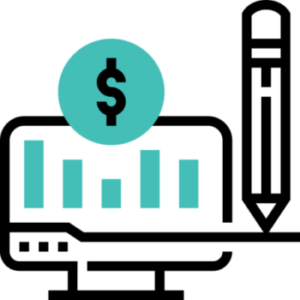Web optimization cycle of working on the quality and amount of site traffic
By Ashleigh Mcenaney
Web optimization targets neglected traffic (known as “regular” or “natural” results) as opposed to coordinate traffic or paid traffic. Neglected traffic might begin from various types of searches, including picture search, video search, scholastic hunt, news search, and industry-explicit vertical web crawlers.

As an Internet advertising technique, SEO Specialists how web search tools work, the PC modified calculations that direct web search tool conduct, what individuals look for, and the real hunt terms. Web optimization is performed in light of the fact that a site will get additional guests from a web search tool when sites rank higher on the web search tool results page (SERP).
History
Website admins and content suppliers started streamlining sites for web search tools during the 1990s, as the primary web crawlers were classifying the early Web. page, extricate connections to different pages from it, and return data viewed on the page as filed. The interaction includes a web search tool insect downloading a page and putting away it on the web index’s own server.
A subsequent program, known as an indexer, separates data about the page, for example, the words it contains, where they are found, and any weight for explicit words, as well as all connections the page contains. This data is all then, at that point, set into a scheduler for slithering sometime in the future.
Site proprietors perceived the worth of a high positioning and perceivability in web crawler results, setting out freedom for both white cap and dark cap SEO professionals.
Utilizing metadata to file pages was viewed as not exactly solid, nonetheless, on the grounds that the website admin’s selection of watchwords in the meta tag might actually be an off-base portrayal of the webpage’s genuine substance. Defective information in meta labels, for example, those that were not precise, complete, or dishonestly credited made the potential for pages to be misrepresented in unimportant pursuits.
Web content suppliers likewise controlled a few credits inside the HTML wellspring of a page trying to rank well in web crawlers. By 1997, web crawler planners perceived that website admins were putting forth attempts to rank well in their web search tool and that a few website admins were in any event, controlling their rankings in query items by stuffing pages with exorbitant or unessential watchwords. Early web crawlers, for example, Altavista and Infoseek, changed their calculations to keep website admins from controlling rankings.
Depending on Factors
By intensely depending on variables, for example, watchword thickness, which was solely inside a website admin’s control, early web search tools experienced misuse and positioning control. To give improved results to their clients, web search tools needed to adjust to guarantee their outcomes pages showed the most applicable list items, instead of inconsequential pages loaded down with various catchphrases by deceitful website admins. This implied creating some distance from weighty dependence on term thickness to a more comprehensive interaction for scoring semantic signs.
Since the achievement and ubiquity of a web search are not set in stone by its capacity to deliver the most important outcomes to some random hunt, low-quality or superfluous query items could lead clients to find other pursuit sources. Web crawlers answered by growing more complicated positioning calculations, considering extra factors that were harder for website admins to control.


